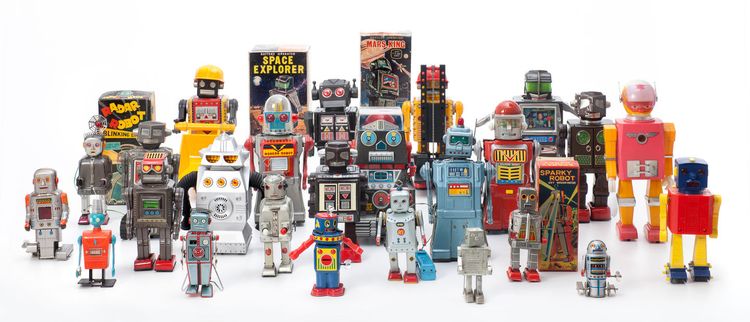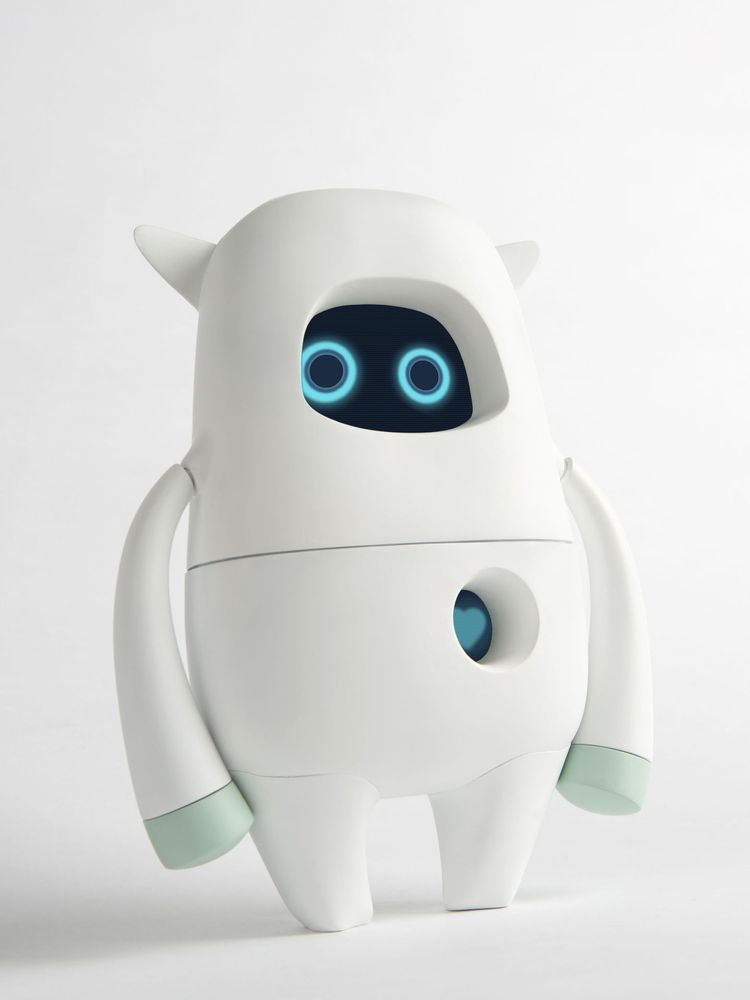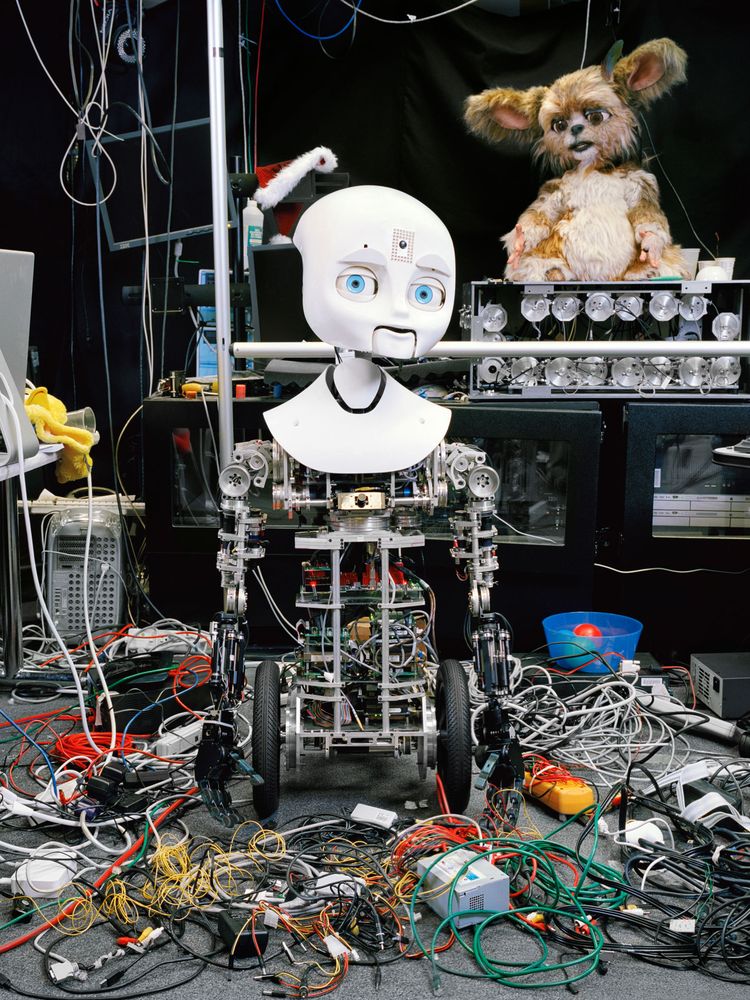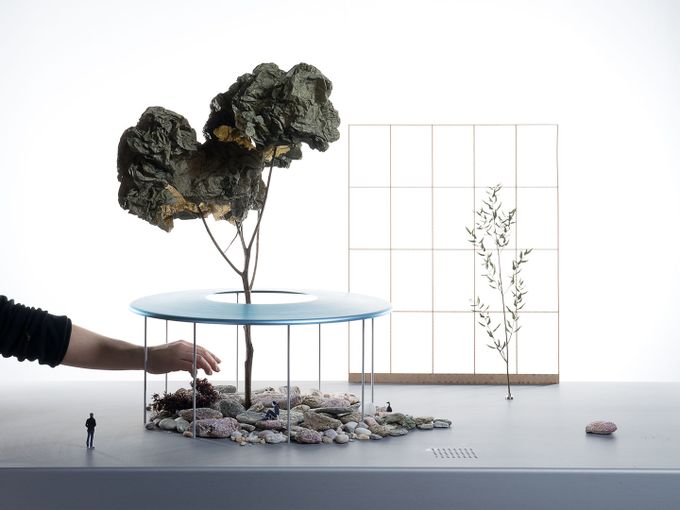ProduitsChaisesFauteuilsCanapésSièges de bureauChaises longuesTabourets et bancsSculpturesSièges conférenceSièges pour aéroportsRangementMicro architectureTables de salle à mangerTables de caféTables basses et tables d’appointBureauxSystèmes de mobilier de bureauSystèmes de conférenceLumièresHorlogesObjets décoratifsPorte-manteaux et étagères muralesPlateaux et vaissellesNouveauBest-sellerCouleurs & matériauxAlexander Girard Antonio CitterioBarber OsgerbyCharles & Ray Eames George NelsonHella JongeriusIsamu NoguchiLounge chair finderOffice chair finderGift finderEntretien & réparationPièces de rechangeProduits d'entretienGarantie du fabricantVitra Circle StoresMynt: sit differentlyAntony Limited Edition 2025InspirationsSéjourSalle à mangerHome OfficeChambre d'enfantsExtérieurHome StoriesAugmented RealityCouleurs & matériauxHome SelectionEspace de travailConcentrationRéunionAteliersClub OfficeCitizen OfficeStudio OfficeDynamic SpacesEspace de réceptionAéroportsÉducationCo-WorkingHealthcareNos clientsDestination WorkplaceÀ l’heure des classiquesChaises de bureauDancing OfficeHome StoriesHome Selection : tisus de Kvadrat et DedarAugmented Reality - faites entrer les produits Vitra dans votre maisonL'École de design : Valoriser le travail et les connaissancesÀ l’heure des classiquesCouleurs & matériauxUne maison accueillante Un paysage de bureaux - sans murs ni cloisonsConfort et durabilité réunisUn espace de premier plan pour une grande école d'artServicesEntretien & réparationProduits d'entretienGarantie du fabricantFAQ et contactGuides d'utilisationConsulting & Planning StudioVitra Circle StoresConseils & planification dans la VitraHausGuides d'utilisationInstructions d'entretien pour l'extérieurRéparation, entretien, remise en état au Vitra Circle Store Campus ProfessionalsDonnées CAOFiches produitsCertificatsRapport sur le développement durableGuides d'utilisationInformations écologiquespConExemples de planificationCouleurs et matériauxCertificats et normesHome SelectionLogin revendeurNos clientsMyntDestination Workplace: Rendez visite à nos clients et partenairesAnagram SofaMikadoTyde 2 sur roulettesACXDancing OfficeSièges de bureauMagazineHistoiresEntretiensExpositionsDesignersLe Projet VitraA Capsule in TimeSeeing the forest for the treesRefining a classicMynt is a lifetime achievement to meA desk like a typefaceV-FoamSculptural IconsGames bring people together – just like good officesLet there be light!Social SeatingJust Do It!EVER GREENWhy the Eames La Fonda Chair was designedWhen a Sofa is more than just a Sofa: Anagram100% virgin wool – 100% recyclableAn archive is like a time capsuleVitraHaus Loft - A conversation with Sabine MarcelisA 1000 m2 piece of furnitureFrom a toy to an objectThe Eames Collection at the Vitra Design MuseumAbout the partnership between Eames and VitraVitra CampusExpositionsVisites guidées et ateliersRestaurationShoppingActivités en familleArchitectureVotre événementConseils & planification dans la VitraHausPlanifier votre visiteVitra Campus appCampus EventsActualitésVitraHausVitra Design MuseumVitra SchaudepotVitra Circle Store CampusOudolf GartenSur VitraDurabilitéJobs & CareersProcessus de designL’original est signé VitraHistoire - Project Vitra
Hello, Robot.
A new exhibition at the Vitra Design Museum

The exhibition ‘Hello, Robot. Design between Human and Machine’ opened at the Vitra Design Museum on 11 February. It offers the first in-depth study of the current robotic boom – with examples of robots from homes, industry, medical science, film and literature. We conducted an interview with the curator Amelie Klein.
The exhibition ‘Hello, Robot’ demonstrates how today’s robotic trend is transforming our lives – and how design is changing robotics. Why is the discussion about robots also a discussion about design?
There can be no doubt that we are heading towards a more intelligent, more autonomous – more robotic – living environment than the one we know today. And design has a responsible role in creating this new living environment, because it is through design that we can influence how and where we encounter the smart objects and systems that surround us, how we interact with them – and they with us.

Should we be excited or worried about a future with robots?
There is no easy answer to this question. It depends on your viewpoint, on the particular robot or robotic system you are looking at. However, this question should be secondary to the really important question we need to ask ourselves: how do we want to shape our future with the robots that are already amongst us and will continue to live beside us? We tend to think that robots are still to come: very few people would in fact say that they have actually encountered a robot – at least one they would describe as such. This is because we somehow expect robots – when they finally ‘arrive’ – to be humanoids.“Our relationship to robots and robotic systems will probably remain ambivalent.“
But in reality, we are already surrounded by robots and robotic systems that are capable of assuming every conceivable physical or digital form, material quality, scale and intelligence level: from drones to self-checkouts, from cranes to nanobots, and from vacuum cleaners with the intelligence of an amoeba to online chatbots that can engage us for hours. So the question whether we should be excited or worried about robots is perhaps less pertinent than whether we should trust the political-economic complex of humans, organisations and infrastructure that stands behind them. What we have found in our research for this exhibition is that the future is ambivalent, and that our relationship to robots and robotic systems will probably remain so. It is therefore possible to be both wowed and worried at the same time.

Will robots really steal our jobs? And if so, when?
In many cases, they have already stolen our jobs. But what we should not forget is that the fear of losing jobs to new technologies is as old as the first industrial revolution. In those days it was looms and steam engines that rendered hundreds of thousands of jobs obsolete. Since then, every technological leap has triggered the same discussions: most recently with the PC in the 1980s, the Internet in the 1990s, and now with robots. Time has shown that we have always found new areas of employment, even if working conditions have changed dramatically since the eighteenth century. With the many works by architects, designers, filmmakers and artists on display in ‘Hello, Robot’, we try to shed light on the current debate from different perspectives, against a background of technological and social change.Hello, Robot. Design between Human and Machine
11.02.2017 – 14.05.2017
Vitra Design Museum, Vitra Campus
11.02.2017 – 14.05.2017
Vitra Design Museum, Vitra Campus
Publication Date: 16.02.2017
Author: Vitra
Images: Vitra Design Museum


